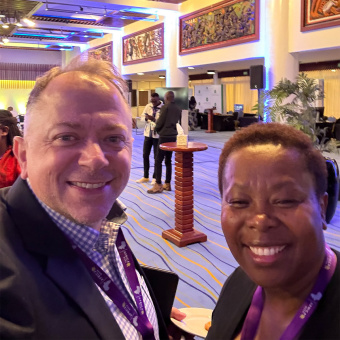
Recipients of the PRO PR Globe People Achievement Awards
On 27 March 2026, as part of the PRO PR International Conference at the Hilton Hotel in Podgorica, the prestigious PRO PR Globe People Achievement Awards will be presented.
The recipients of these awards are nominated by previous laureates, including five global communications associations: the Public Relations and Communications Association (PRCA), the International Public Relations Association (IPRA), the World Communications Forum Association (WCFA), and the Global Alliance.
Additionally, starting this year, due to the quality of its programme, the conference has received CIPR CPD Approval (Continuing Professional Development programme approval by CIPR). All award winners will receive unique graphic artworks created by students of the Faculty of Fine Arts in Cetinje.
Award recipients from Croatia are: Iva Stilinović Grahovac, Head of Public Relations at the Croatian National Theatre in Zagreb, and Vlatka Kamenić Jagodić, Director of Corporate Marketing and Communications at Končar – Elektroindustrija.
... Read More



















